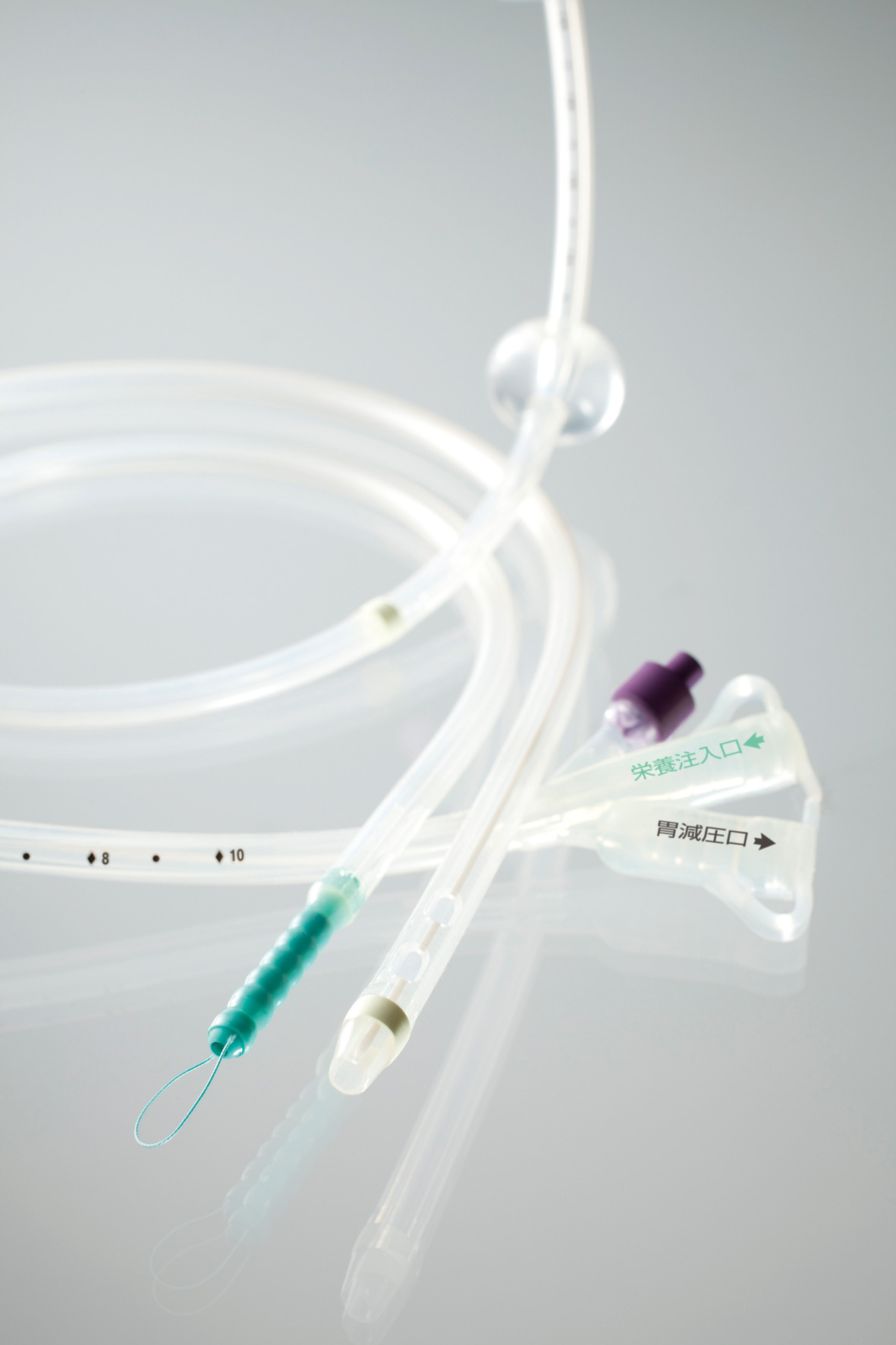Table of Content
A visiting nurse, a bedside nurse - anyone. It can be removed at home or in the office. Some visiting nurses can even insert them. Just mask up and glove up, snip the sutures if any and pull. Put a pressure bandage on and the patients go home.
Just removed, applied an occlusive dressing not to be removed for 24 hours, did lots of teaching, and that was that. I have a friend that I worked with at a private HH and she was told it was ok to remove picc lines in home. She recently got a job at another hospital based HH where she was told that it is a HUGE no no.
When to call your healthcare provider
You'll need to cover your PICC line when you take a shower, as the area shouldn't get wet. Your doctor or nurse might provide a cover or you can buy one at a drugstore. Other PICC line covers are available for daily use to protect the area or make it less obvious to other people. After a PICC line insertion, there may be some tenderness in the area where the catheter enters your arm.

Never sent a patient for a scan after removal - like schoolRNapril said - apply an occlusive dressing and instruct the patient to keep it dry and intact for 24 hours. Even though the patient is on coumadin, if you gently and slowly pull the line, there should only be minimal bleeding.... Very rarely, the PICC line may be placed in your leg.
Community topics
Medicine or a blood transfusion can increase the number of platelets in your blood. Medicines that are infused through a vein, such as some chemotherapy and targeted therapy drugs, can be delivered through a PICC line. Brain tumor, breast cancer, colon cancer, congenital heart disease, heart arrhythmia. Thanks to all authors for creating a page that has been read 26,772 times.
You’ll need to flush your PICC line as often as directed by your healthcare provider. You may need to flush it after each use. If the PICC line is not in active use, you may need to flush it once a day. Or you may only need to flush it once a week. Talk with your healthcare provider about how often you should do this.
Patient & Family Education Materials
Our policy states that the PICC arm should be lower than the heart and it should be removed in slow, increments to avoid spasms. A peripherally inserted central catheter or PICC line is small, long, flexible, slender tube that nurses insert into a patient’s peripheral vein. The insertion usually is in the upper arm area. The PICC line usually advances until the tip of the catheter ends in a large vein in the patient’s chest near their heart to gain access intravenously.
Changing the dressing is a “sterile” process. Your nurse will explain how to handle the supplies without contaminating them. When you’re ready to change the dressing over your PICC line, make sure you do it in a clean, dry area away from drafts. Keep the dressing clean, dry, and secured to the skin.
When to flush your PICC line
You may need to flush the line with saline or heparin. When showering, cover the dressing with a waterproof cover such as plastic wrap. If you have just had a PICC line put in your arm, there are some important things you need to know. This line is used for intravenous therapy such as medications, blood transfusions, extra fluids, or nutrition that you will need over an extended period of time.

To remove a PICC line, your doctor or registered nurse will first wash their hands thoroughly to avoid the risk of infection. If you’re worried about having the line removed, you can ask for an explanation of the process before they begin. They will then ask you to rest flat on your back, facing upwards, with all of your limbs in contact with the bed. After they clean the skin around your catheter, they will use a stitch cutter to remove the suture that holds the PICC line in place and slowly pull it out. Once the PICC line is out, expect them to place a sterile gauze on the site and to hold it in place with light pressure. Your policy should cover these points and have recommendations for complication management.
You will probably use prefilled syringes. Allnurses is a Nursing Career & Support site for Nurses and Students. Our mission is to Empower, Unite, and Advance every nurse, student, and educator.
Pull back slightly on the plunger and squirt the air bubble out. The PICC line must be flushed to prevent blood from clotting and blocking it. If the line becomes blocked, it may need to be removed. When the catheter reaches the right location, you might have an X-ray to verify the catheter is in place.
Push the plunger in slowly and smoothly. You shouldn’t feel any pressure when you push the fluid into the PICC line. Call your healthcare provider right away. This page is not specific to your child, but provides general information on the topic above. If you have any questions, please call your clinic.


No comments:
Post a Comment